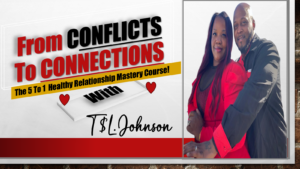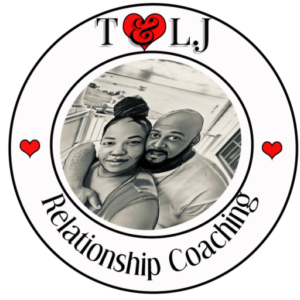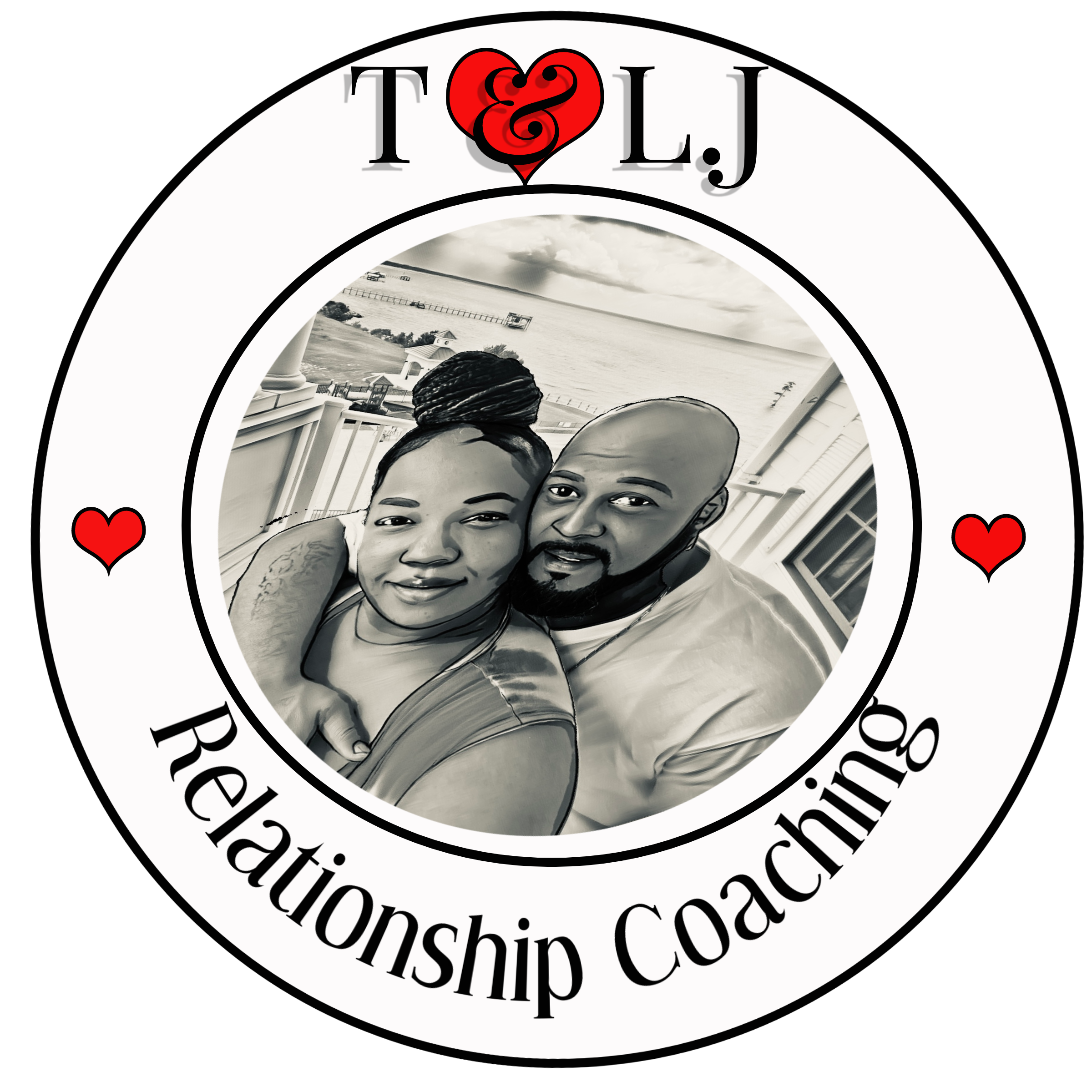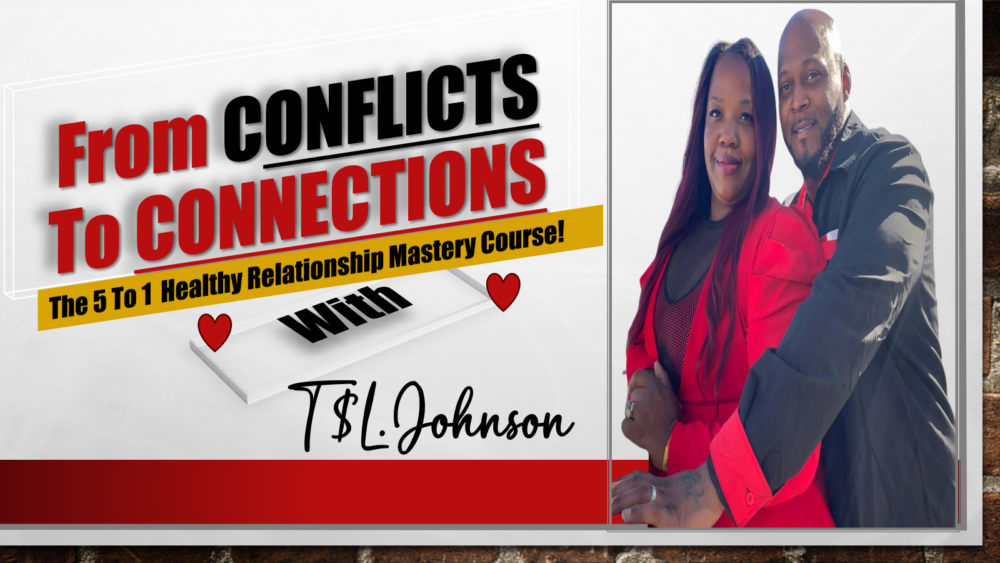The Importance of Non-Verbal Communication
Understanding Body Language
You know how sometimes someone walks into a room and you can just feel the vibe? That’s body language at work! It’s fascinating how much information we communicate without saying a single word. I recall a time when a friend was dealing with a tough break-up; while she talked about how ‘fine’ she was, her crossed arms and downturned gaze told a different story. That disconnect between what she said and how she presented herself was a clear indication of her true feelings.
Body language can really amplify our words or contradict them. We often underestimate the power of a simple gesture or posture. For instance, leaning in can show engagement and interest, while turning away can signal disinterest or discomfort. Picking up on these cues can help us navigate conversations better and deepen our connections with others.
Next time you’re chatting with someone, take a moment to observe. What’s their body language telling you? It can be a game-changer in understanding where they’re truly at emotionally. Sometimes, it’s not just the words but the way they’re delivered that makes all the difference.
The Power of Tone of Voice
It’s incredible how tone can change the meaning of a message entirely. You could say “I love you” in a monotone voice, and it might not pack the same punch as if you said it with warmth and enthusiasm. One time, I had a friend who would say “I’m okay” but the slight quaver in her voice betrayed her true feelings. That moment taught me how crucial intonation is when deciphering emotions.
Your tone can provide clues about your feelings and intentions. A soft, gentle tone might reflect love and compassionate care, while a harsher tone could suggest frustration or anger. When I became aware of this, I started tuning into the nuances of conversations that I might’ve missed before. Suddenly, I was picking up on subtleties I previously overlooked!
If we pay close attention to how words are expressed, we can offer more support to those we care about. It’s all about tuning into that vocal frequency that resonates beyond just simple words. You’d be amazed at how much more you can understand by just focusing on the tone!
Facial Expressions and Their Impact
Let’s talk about facial expressions. They can convey a wide range of emotions in an instant. Remember that game ‘Guess Who?’ You could sense someone’s excitement or dread just from their facial cues. For instance, the raised eyebrows could express surprise or disbelief, while a tight-lipped smile might indicate discomfort. I’ve had moments where I could see my friend’s situation clearly reflected on their face long before they even opened their mouth.
Recognizing these expressions can enhance your interpersonal communication. The trick is to pay attention and validate those feelings. If I see a friend looking worried, I usually check in right away instead of waiting for them to voice their anxiety. This proactive approach fosters a supportive environment.
In relationships, whether friendships, family, or romantic partnerships, acknowledging each other’s feelings through facial expressions can foster deeper connections. Looking for those micro-expressions can lead to genuine conversations and a more profound understanding of one another.
Listening Beyond the Words
The Art of Active Listening
Active listening is more than just hearing words; it’s an engagement of the mind and heart. Sometimes, while I chat with close friends, I can sense they’re struggling but can’t quite articulate it. By actively listening—showing that I’m genuinely invested in our conversation—I pave the way for them to feel safe sharing what’s really on their mind.
Engaging in active listening means reflecting back what you hear, asking clarifying questions, and showing empathy. I recall a conversation with a colleague who was facing job insecurities. Through active listening, I could ask the right questions, uncover more of her worries, and offer support while validating her feelings. It shows that you genuinely care, and this openness encourages honesty.
Think of it as a dance, where you’re both leading and following with each spoken word and response. This connection can make all the difference for someone who needs to share something they’ve been holding in. It creates a world where emotional vulnerability can flourish.
Recognizing Emotional Cues
Emotional cues can give us a wealth of information if we’re open to perceiving them. I often find that people express feelings without explicit words, and it’s up to us to connect the dots. Recently, I had a family member who celebrated a big achievement but didn’t seem as thrilled as I expected. Recognizing the slight frown beneath their smile prompted me to explore further. Was there something else going on?
Cues can include clenched fists, rapid blinking, or even a lack of eye contact. Sometimes it’s not easy to identify what’s on someone’s mind, but those small clues can be pivotal in understanding their emotional state. When you go the extra mile to uncover those underlying emotions, it can strengthen your relationship.
Responding to emotional cues can make someone feel seen and understood. Even if they don’t vocalize their struggle, the fact that you acknowledge it can be incredibly comforting. So, next time you sense something’s off, trust your instincts and dive deeper; it might lead to an important conversation.
Creating a Trusting Atmosphere
Creating a space where people can freely express themselves—which includes their unspoken worries—is essential in any relationship. One way I found effective is by nurturing an atmosphere of trust. By being open about my feelings, I’ve encouraged others to do the same. A little vulnerability often paves the way for shared honesty.
This can be as simple as sharing your own experiences or challenges, creating empathy within the conversation. I can’t help but mention how a heartfelt story can break down barriers and prompt others to share their struggles. Most importantly, demonstrating non-judgmental listening makes a world of difference.

Building this trusting atmosphere takes time and consistency, but it is so worth it. When people feel safe, they’re more likely to open up about those hard-to-share feelings. With trust planted in the soil of open communication, relationships can blossom like never before.
Seeking Clarification
The Role of Questions
Ask yourself: How often do we really dig beneath the surface in conversations? By using thoughtful questions, we can stimulate deeper discussions. I’ve learned that simply asking “What do you mean by that?” or “How did that make you feel?” can unlock a treasure trove of insights.
Questions serve to show you care and are willing to invest the time to understand. In my experience, an open-ended question can lead to enlightening discussions that reveal feelings and challenges typically concealed. It’s the gentle push we sometimes need to get to the heart of the matter.
Now, I won’t lie—sometimes, people may hesitate initially to open up, but persistence pays off. Your genuine interest in their emotions can create a ripple effect, encouraging them to share their inner thoughts. So ask away, but make sure your inquiries come from an authentic desire to connect!
Don’t Jump to Conclusions
Man, this one’s a biggie. It’s so easy to form assumptions based on what we see or hear. I remember a time when I misjudged a close friend merely based on how quiet he was during a gathering. Instead of taking a moment to check in on him, I jumped to the conclusion that he was upset with me. It turns out, he was just dealing with a personal issue that had nothing to do with me!
Taking a moment to pause before making judgments can help us better understand what’s actually going on. It’s crucial to resist the urge to label someone’s emotions based on their appearance or silence. Sometimes what we think we see is light years away from the reality behind the curtain.
Instead of reaching for that predetermined narrative, approach with curiosity. This approach ensures that when you actually listen to them, you’re truly in tune with their feelings—without preconceived notions weighing in. When we take the time to understand before we judge, it leads to more meaningful connections.
Encouraging Expression
Finally, creating the opportunities for someone to express themselves is key. One of the most empowering moments in any chat can be when you say, “What’s on your mind?” and genuinely wait for the answer. I find that opening that door can make all the difference in someone’s willingness to share their true feelings.
This also applies to emotional check-ins. After having good conversations with friends, I’ll often follow up a few days later to see how they’re feeling. It shows that their emotions matter and encourages them to keep that line of communication open.
What’s most vital here is that your encouragement isn’t just about the big conversations. Sometimes it’s the small, everyday expressions that transform relationships. Offering a space for expression is a gift we give to others, allowing them to unburden their hearts—and I’ve found it truly enriches connections.
Conclusion
At the end of the day, understanding what’s not being said can take time, practice, and a genuine desire to connect. It’s a journey but one that offers so much in return. By focusing on non-verbal cues, listening actively, and fostering trust, we can bridge the gaps in our communication. Let’s embrace the challenge of hearing what’s unsaid and nurture deeper, more fulfilling relationships.
FAQs
1. What is non-verbal communication?
Non-verbal communication refers to the way people convey messages without words. This includes body language, tone of voice, and facial expressions, all of which can express feelings and intentions.
2. Why is active listening important?
Active listening is crucial as it helps to create a sense of trust and understanding between individuals. It encourages open communication and validates the speaker’s feelings, fostering deeper relationships.
3. How can I improve my ability to recognize emotional cues?
Improving your emotional cue recognition involves being observant and mindful in your interactions. Practice paying attention to others’ body language, tone, and expressions during conversations.
4. How do I create a trusting atmosphere for open communication?
To create a trusting atmosphere, be open and vulnerable yourself, show empathy, and listen without judgment. Consistency in these actions builds strong foundations for candid conversations.
5. What if someone is not ready to share their feelings?
If someone isn’t ready to share their feelings, it’s essential to respect their space but let them know you are available when they are ready. Sometimes just being present can make a difference.

Schedule Your First 20-Minute Coaching
Call With Us Today to see if we fit . You pick the price!
Click Here





